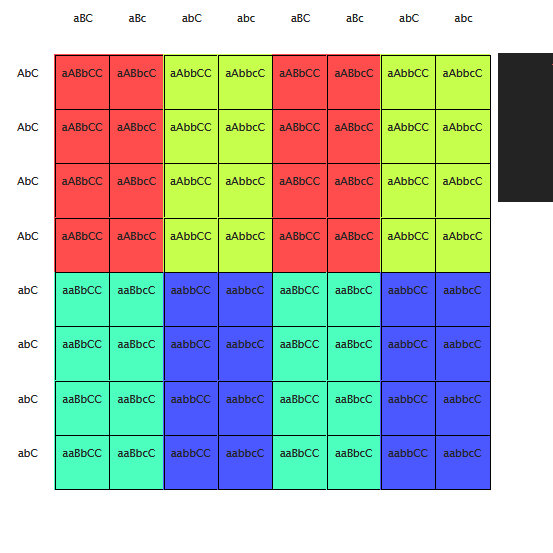Cross (parent 1) aaBbCc X (parent 2) AabbCC. What proportion of offspring will have the same phenotype as parent #2?
3 Answers
25%
Explanation:
If you do a punnet square of each trait, then multiply them together, you don't have to do the large confusing square. So there's a 50% for the offspring to exhibit trait A, 50% it will exhibit trait b, and 100% it will exhibit trait C, so it's 25% chance that the offspring will match parent 2.
Explanation:

Parent 2's phenotype is first trait dominant, second trait recessive, and third trait dominant.
There is one chance in four (25%) that an offspring will have the same phenotype as Parent 2
Explanation:
You figure out problems like this by doing it one allele at a time.
Write the proportions of each outcome as you go, then you can trace across to find the offspring you want.
1) Start with the aa × Aa cross
1/2 Aa
1/2 aa
2) Now do the Bb × bb cross
1/2 Bb
1/2 bb
3) Now do the Cc × CC cross
Now string the alleles together.
Like any other probability event, the chance that these phenotypes will occur simultaneously is the product of their individual odds.
Aa bb C _
0.5 × 0.5 × 1.0 = 0.25
Answer:
There is one chance in four (25%) that an offspring will have the same phenotype as Parent 2
Check
The math here is so simple that it doesn't need a check.
All you'd really have to do is proofread it for typos.
But checking the concept might be something you'd want to do.
You can do the problem out manually and then count the total outcomes -vs- the outcomes that match parent 2.
Start with Aa and write out all the outcomes, then do the same for aa, adding the last 2 outcomes
Aa Bb C _
Aa bb C _
aa Bb C _
aa bb C _
Out of these four different outcomes, only one has the same phenotype as Parent 2.



